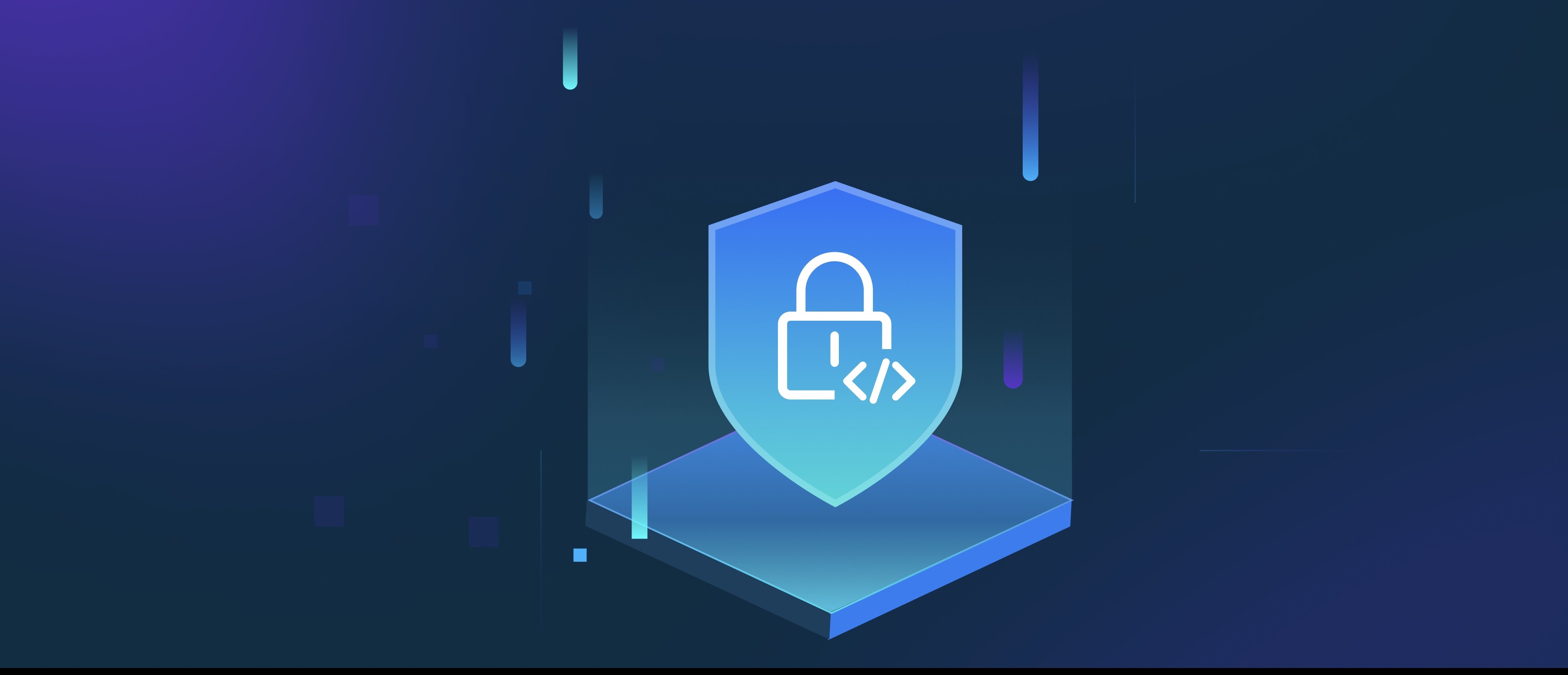Zero-shot learning (ZSL) is an approach in machine learning where a model can recognize and classify data it has never seen during training. Instead of relying solely on labeled examples for each category, ZSL uses auxiliary information, such as attributes or textual descriptions, to understand new classes. This is especially useful when collecting data is expensive or impractical. In essence, zero-shot learning aims to transfer knowledge from known classes to unknown classes, enabling the model to make predictions without direct training on the specific instances of those classes.
For example, consider a scenario in image classification where a model is trained on animals like cats and dogs. Using zero-shot learning, the model could also classify an image of a zebra, even though it has never seen a zebra during the training process. This is possible because the model can leverage textual descriptions or attributes associated with zebras, such as “striped” or “horse-like.” By associating these attributes with the learned features of cats and dogs, the model can infer that an image fitting the description of “striped” is likely a zebra, demonstrating the power of ZSL in making educated guesses about unfamiliar categories.
Implementing zero-shot learning typically involves two main components: an embedding space and a semantic representation. In the first component, both the input data (like images) and the class labels (like attributes) are mapped into a shared space. The semantic representation uses features such as attributes or descriptions to characterize each class. In practice, frameworks like Attribute-Based Classification or Word2Vec can be utilized to create these representations. Overall, zero-shot learning offers a flexible way to handle new categories, making it a practical choice for real-world applications where data scarcity is a challenge.
